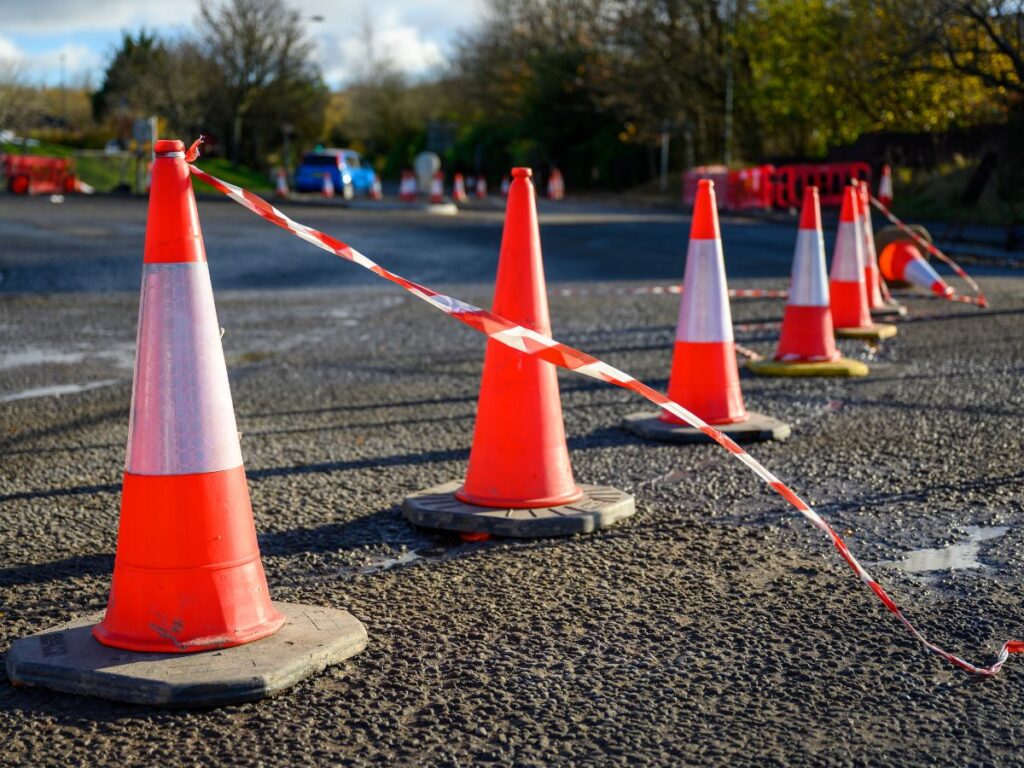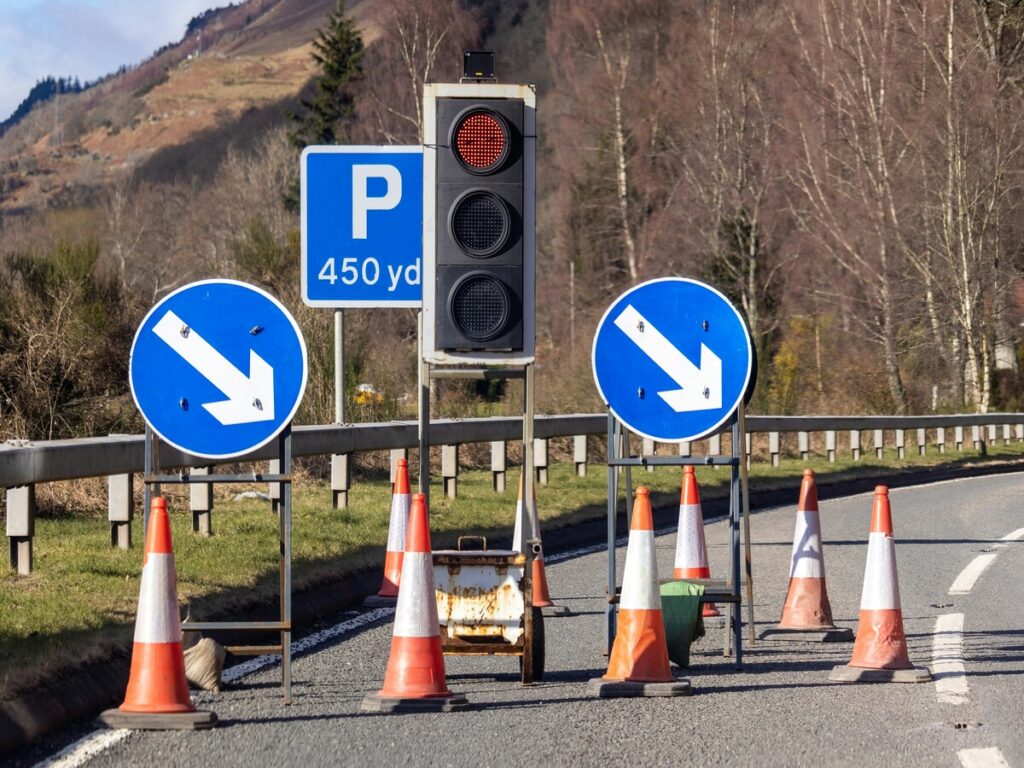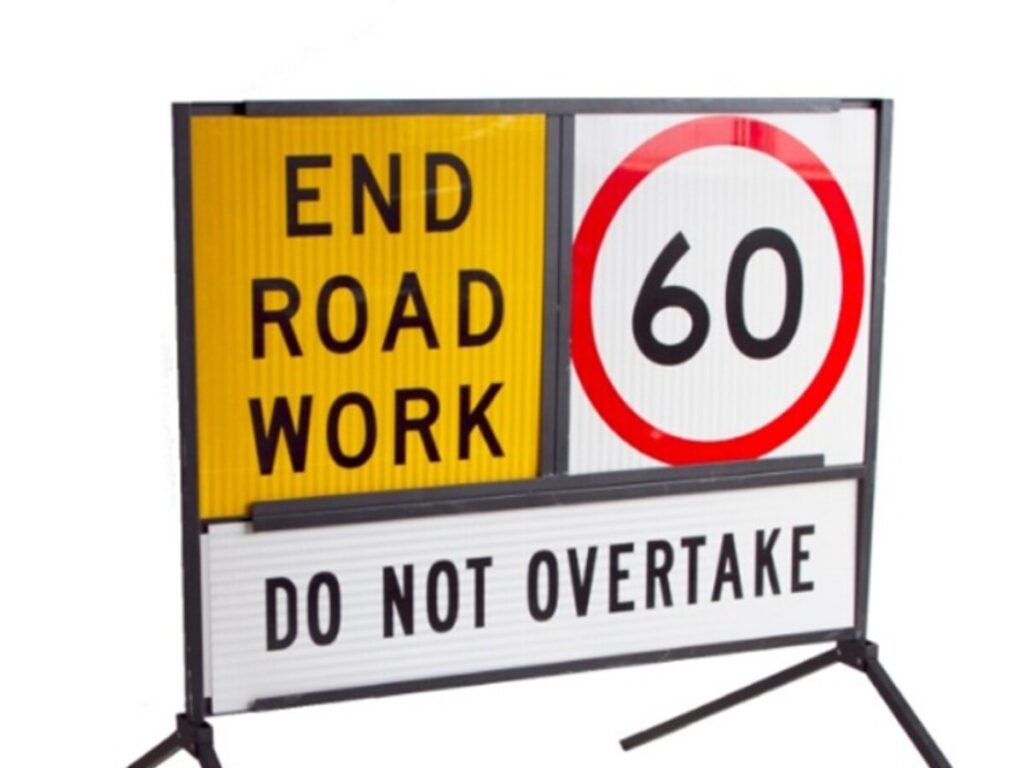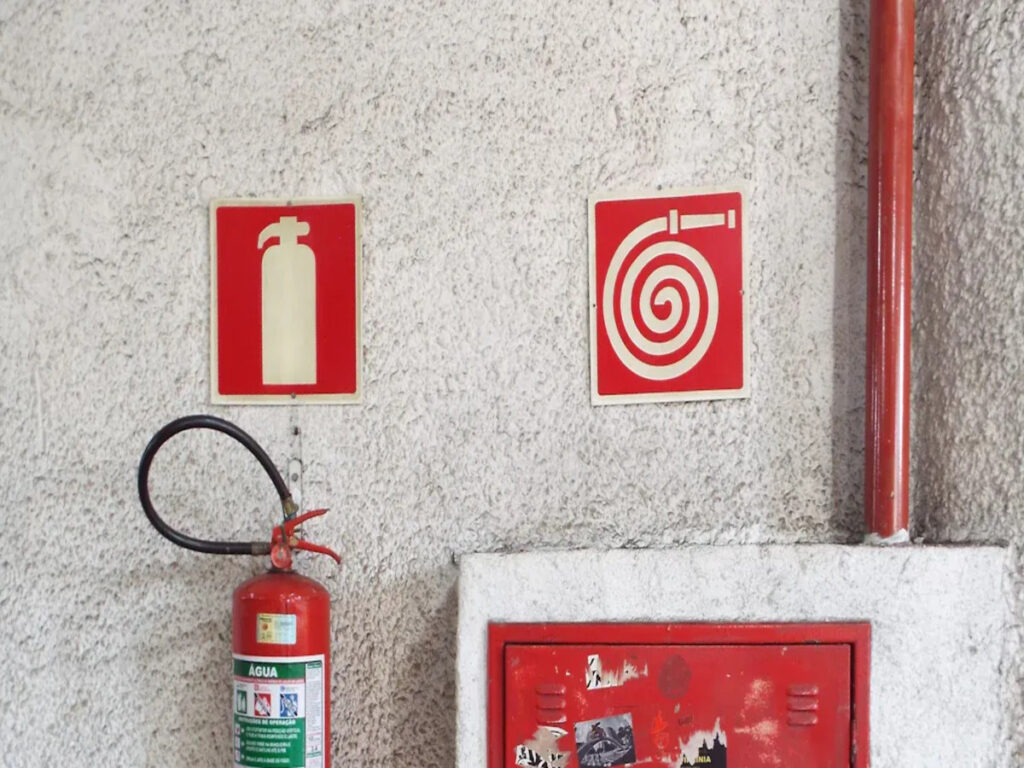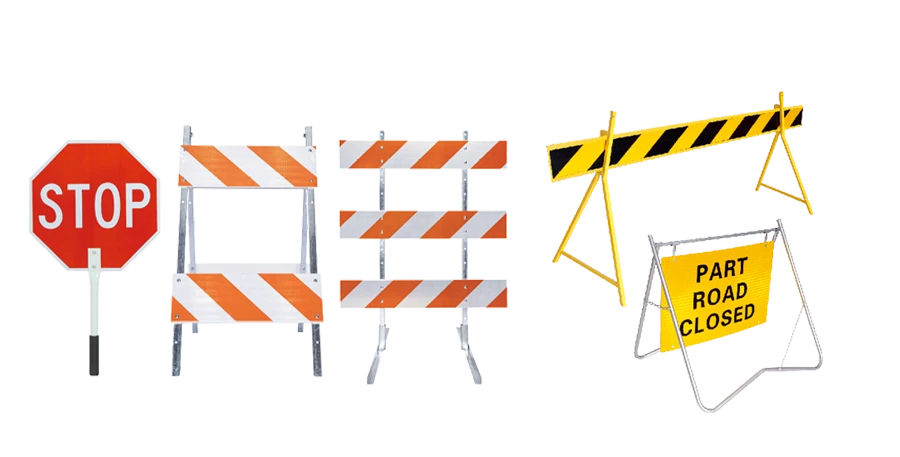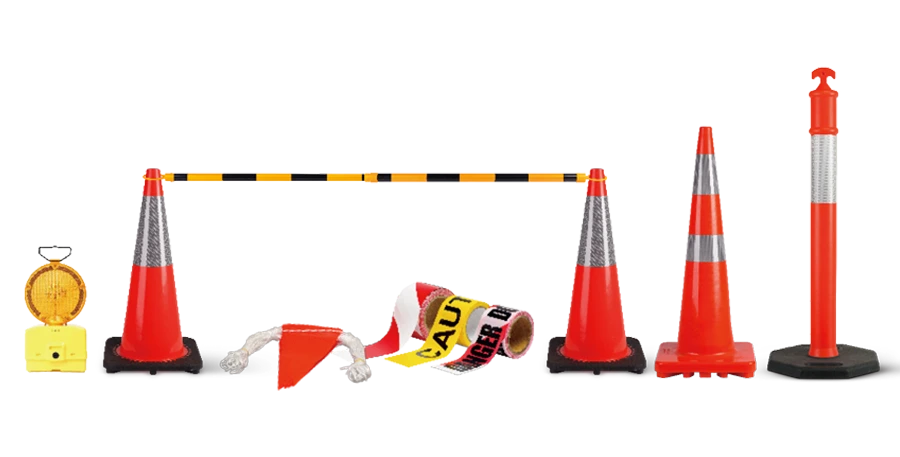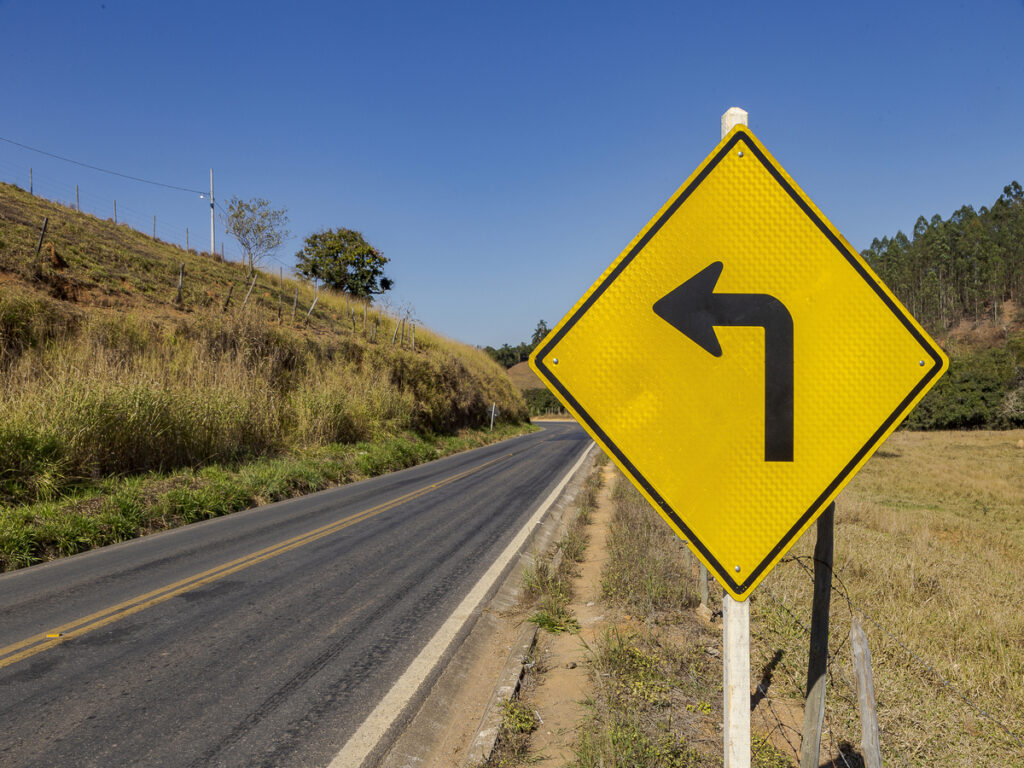
Auf den meisten Straßen in Australien können Sie reflektierende Bleche sehen. Es ist auch in allen Verkehrsbereichen zu finden. Reflektierblattklassen der Klasse 1W ist etwas Besonderes, da es ein weitwinkeliges prismatisches Design hat. This design makes it brighter than normal Class 1. The table below explains how each class is used for traffic reflective signs:
| Reflektierende Klasse | Beschreibung | Verwendung auf Stoppschildern |
|---|---|---|
| Klasse 1 | Prismatische oder Glasperle hoher Intensität | Must be used on public roads |
| Klasse 1W | Wide-angle prismatic reflective material, extra brightness | Used for more brightness and must be used with Class 1 |
| Klasse 2 | Niedrigeres Reflexionsvermögen | Not allowed on STOP signs |
Reflektierende Zeichen sind sehr wichtig für die Verkehrssicherheit. If you pick reflective sheeting that follows AS/NZS 1906.1, your signs will be easy to see. They will also last a long time and work well on roads and signs.
OPTRAFFIC supplies high-quality Reflektierende Zeichen made with trusted materials from 3M Und Avery Dennison. Our sheeting meets or exceeds AS/NZS 1906.1 Standards, ensuring visibility in all weather conditions, Tag oder Nacht. Whether you need Class 1W for highways or Class 2 for urban zones, we offer long-lasting, compliant solutions that help keep every road user safe.
Key Takeaways
- Class 1W reflective sheeting uses wide-angle microprism technology. Dadurch werden die Schilder heller und aus vielen Richtungen besser erkennbar. Es ist sehr hilfreich auf stark befahrenen oder schnellen Straßen.
- Klasse 1 Die Folie ist dünner und lässt sich leichter biegen. Es funktioniert gut für Stadtstraßen und Straßen, die nicht sehr stark befahren sind. Klasse 1W ist dicker und stärker. Bei schlechtem Wetter hält es länger.
- Durch die Auswahl der richtigen Klasse reflektierender Folien bleiben Verkehrszeichen klar und sicher. Es stellt außerdem sicher, dass die Schilder den australischen Regeln wie AS/NZS entsprechen 1906.1.
- Klasse 1W eignet sich am besten für wichtige Schilder, wie STOP-Schilder auf Autobahnen. Es eignet sich auch gut für Überkopfportale und Orte, die zusätzliche Helligkeit und Stärke benötigen.
- Das Reinigen und Überprüfen von Schildern hilft ihnen oft, länger zu dauern. Durch die Verwendung der Klasse 1W müssen Schilder nicht so oft ausgetauscht werden. Es macht auch Straßen sicherer.
Übersicht über die Klasse 1W
Was ist Klasse 1W??
Reflektierende Folie der Klasse 1W ist leicht zu erkennen. Es hat ein weitwinkliges prismatisches Design. Dieses spezielle Design verwendet Prismen, um Licht aus vielen Richtungen zu reflektieren. Nachts, Diese Technologie lässt Schilder heller aussehen. Klasse 1W ist heller als herkömmliche reflektierende Folien. Es hilft Ihnen, Zeichen klar zu erkennen, auch aus spitzen Winkeln oder bei schlechtem Wetter. Das Rautenmuster im Inneren sorgt dafür, dass das Licht reflektiert wird. Dies macht es zu einer guten Wahl für stark befahrene Straßen.
Weitwinkel-Mikroprismentechnologie
Die Weitwinkel-Mikroprismentechnologie ist das Hauptmerkmal der Klasse 1W. Jedes Prisma wirkt wie ein kleiner Spiegel und sendet Licht zurück. Das bedeutet, dass die Schilder hell bleiben, auch wenn die Scheinwerfer von der Seite kommen. Die rautenförmigen Prismen lassen die Folie noch mehr glänzen. Diese Technologie funktioniert gut auf stark befahrenen Straßen und an kurvigen Kreuzungen. Es eignet sich auch gut für Überkopfschilder. Die Prismenstruktur macht die Folie stabil. Draußen hält es sich länger, Auch bei hartem Wetter.
Tipp: Die Prismenfolie mit Weitwinkel hilft Ihnen, Schilder nachts und bei Regen besser zu erkennen. Dies hält die Straßen sicherer für alle.
Verwendungsmöglichkeiten der Klasse 1W
An vielen Orten werden reflektierende Folien der Klasse 1W verwendet. Hier sind einige Beispiele:
- Vorschriftsmäßige Verkehrszeichen wie STOPPEN und GEBEN SIE VOR
- Warnschilder auf Autobahnen und stark befahrenen Kreuzungen
- Wegweiser auf großen Straßen und Portalbrücken
- Temporäre Bauschilder, die gut sichtbar sein müssen
- Lager- und Laderampenschilder, die eine klare Kennzeichnung erfordern
Die Klasse 1W wird häufig für rautenförmige Warnschilder verwendet. Es eignet sich sowohl für dauerhafte als auch für temporäre Schilder. Das Prismen- und Rautendesign sorgt dafür, dass die Schilder hell und gut sichtbar sind. Dies gilt auch aus der Ferne. Wenn Sie reflektierende Folien für wichtige Verkehrszeichen benötigen, Klasse 1W ist eine gute Wahl. Dadurch funktionieren Ihre Schilder bei jedem Wetter gut.
Klasse 1 Reflektierende Bleche
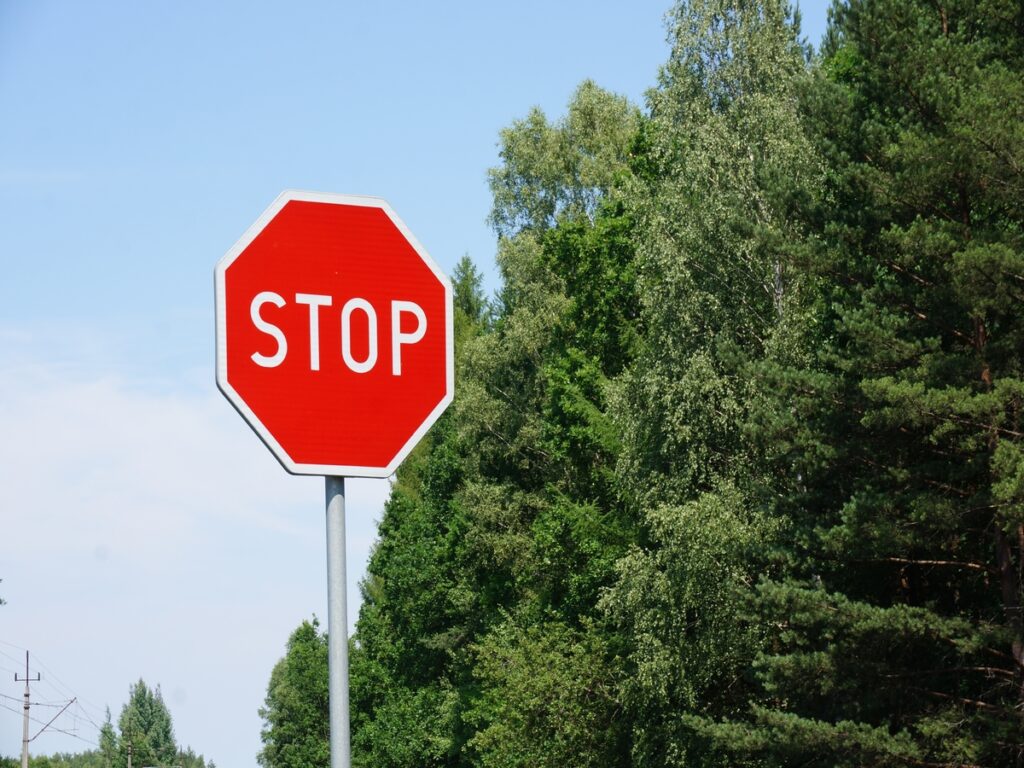
Was ist Klasse? 1?
Sie können Klasse finden 1 Reflektierende Folien auf vielen Straßen. Es ist für Verkehrszeichen gedacht, die Tag und Nacht gesehen werden müssen. Diese Folie verwendet eine spezielle Prismentechnologie, um das Licht zurück zum Fahrer zu reflektieren. Klasse 1 Folien helfen den Menschen, Schilder klar zu erkennen, Auch bei schlechtem Wetter oder nachts. Kommunen und Straßenbehörden wählen diesen Typ für wichtige Schilder. Es erfüllt strenge Sicherheitsregeln.
Glasperlen- und Prismenfunktionen
Klasse 1 Reflektierende Folien verwenden Glasperlen- und Prismentechnologie. Jeder einzelne trägt dazu bei, dass die Schilder hell und stark wirken. Die folgende Tabelle zeigt, wie diese funktionieren:
| Feature-Kategorie | Glasperlentechnologie | Prisma-Technologie | Zusätzliche Merkmale der Klasse 1 Blatt |
|---|---|---|---|
| Reflektierendes Element | Glasperlen schicken das Licht dorthin zurück, wo es herkommt | Mikroprismen senden Licht an die Treiber | Beide bieten eine starke retroreflektierende Kraft |
| Anordnung | Die Perlen sind so angeordnet, dass sie eine optimale Reflexion ermöglichen | Prismen sorgen dafür, dass Schilder aus vielen Blickwinkeln strahlen | Gutes Design sorgt für eine längere Lebensdauer |
| Material | Flexibel, robustes Vinyl | N / A | Bleibt bei schlechtem Wetter stark |
| Kleber | Einfaches Aufkleben und Abnehmen | N / A | Starker Kleber hält es an Ort und Stelle |
| Schutzbeschichtungen | Kratzfeste Schicht schützt die Perlen | N / A | Stoppt Schmutz, Wasser, und Verschmutzung |
| Wetterwiderstand | Wasserdicht, um Regenschäden zu verhindern | N / A | Reflektiert bei jedem Wetter gut |
| UV -Widerstand | Verhindert, dass die Folie durch die Sonne verblasst | N / A | Die Farben bleiben lange leuchtend |
Prismatische Folien verwenden winzige Prismen, um mehr Licht zu reflektieren als alte Typen. Für viele Schilder eignet sich die Glasperlentechnik noch immer.
Gemeinsame Anwendungen
Klasse 1 Für viele Verkehrsschilder werden reflektierende Folien verwendet. Hier sind einige Beispiele:
- Ordnungszeichen wie STOP, VORFAHRT BEACHTEN, und Geschwindigkeitsgrenzen
- Warnschilder auf stark befahrenen Straßen oder scharfen Kurven
- Wegweiser und Leitschilder auf Autobahnen
- Schulzonen- und Fußgängerüberwegschilder
Klasse 1 Prismenfolie eignet sich sowohl für dauerhafte als auch für temporäre Schilder. Sie werden es auf Hängebrücken und in Baustellen sehen. Es wird auch dort eingesetzt, wo Sicherheit sehr wichtig ist. Diese Folie hilft Autofahrern, Schilder klar zu erkennen. Es hält alle auf der Straße sicher.
Schlüsselunterschiede

Helligkeit und Sichtbarkeit
Es ist wichtig, dass die Schilder gut erkennbar sind, sogar nachts oder bei schlechtem Wetter. Reflektierende Folien der Klasse 1W verwenden eine spezielle Mikroprismentechnologie. Dadurch sind die Schilder viel heller als bei normaler Klasse 1. Das Rautenmuster im Inneren sorgt dafür, dass mehr Licht zurück zum Fahrer reflektiert wird. Schilder der Klasse 1W sind aus mehreren Richtungen leichter zu erkennen. Diese zusätzliche Helligkeit hilft Menschen, Schilder auf stark befahrenen Straßen und an schwierigen Kreuzungen zu erkennen. Wenn Sie Klasse 1W wählen, Ihre Schilder bleiben klar und leicht zu erkennen, Auch von weit weg.
Notiz: Hellere Schilder helfen Autofahrern, schneller zu sehen und die Straßen sicher zu halten.
Material und Dicke
Reflektierende Folien werden aus verschiedenen Materialien hergestellt und sind in unterschiedlichen Stärken erhältlich. Klasse 1W hat eine mikroprismatische Schicht mit Rautenform. Dadurch ist es etwas dicker als Class 1. Man spürt, dass die Klasse 1W aufgrund der Prismenschicht stabiler ist. Klasse 1 Verwendet werden meist Glasperlen oder die einfache Prismentechnik, daher ist es dünner und lässt sich leichter biegen. Das Diamantdesign der Klasse 1W sorgt für eine bessere Funktion und eine längere Lebensdauer. Sie können diesem Material bei wichtigen Schildern vertrauen, die hell und stark bleiben müssen.
| Besonderheit | Klasse 1 Blatt | Folie der Klasse 1W |
|---|---|---|
| Material | Glasperle/Prisma | Mikroprismatischer Diamant |
| Dicke | Verdünner (~0,2–0,3 mm) | Dicker (~0,35–0,5 mm) |
| Struktur | Flexibel | Steifer, fester |
Haltbarkeit
Schilder müssen lange halten, ohne zu verblassen oder abzublättern. Reflektierende Folien der Klasse 1W sind sehr stark. Die Diamant-Mikroprismenschicht verhindert Schäden durch Sonneneinstrahlung, Regen, und Dreck. Diese Folie hält rauem Wetter und häufigem Gebrauch stand. Klasse 1W bleibt mehr als zehn Jahre lang hell und reflektierend. Klasse 1 ist auch stark, aber Klasse 1W funktioniert an rauen Orten noch besser. Wenn Sie Klasse 1W verwenden, Sie müssen die Schilder nicht so oft austauschen. Dies spart sowohl Zeit als auch Geld.
- Klasse 1W Blatt: 10–12+ Jahre Lebensdauer
- Klasse 1 Blatt: 7–10 years of service life
Tipp: Pick strong sheeting for signs in busy or open places.
Flexibilität
Flexibility is important when putting sheeting on different surfaces. Klasse 1 sheeting bends easily and fits curved or bumpy signs. You can use it for many sign types. Klasse 1W, with its diamond prism layer, feels a bit stiffer. This extra strength helps it stay flat and smooth on big or overhead signs. It still bends well, but it also gives more support for large signs. When you need to cover wide panels or gantries, Class 1W gives a good mix of bending and strength.
Erinnern: The right sheeting makes signs easier to put up and keeps them looking neat.
Reflektierende Blechstandards
Als/nzs 1906.1 Kriterien
You need to know that Als/nzs 1906.1 sets the rules for reflective sheeting used on traffic reflective signs in Australia. Dieser Standard hilft Ihnen bei der Auswahl der richtigen Folie für jeden Straßen- und Schildertyp. Hier sind die wichtigsten Punkte, die Sie beachten sollten:
- Klasse 1 Reflektierende Folien eignen sich am besten für Schilder in Bereichen mit geringem bis mittlerem Verkehrsaufkommen.
- Klasse 1W Blatt, auch Klasse genannt 400, ist für große oder kritische Schilder geeignet, wie zum Beispiel auf Autobahnen oder Portalbrücken.
- Der Standard prüft die Helligkeit, Farbe, und Haltbarkeit jeder Folienart.
- Schulzonenschilder verwenden Klasse 1W mit einem leuchtend gelbgrünen Hintergrund, um die Sicherheit von Kindern zu gewährleisten.
- Sie müssen die Planenklasse an die Straßengeschwindigkeit anpassen, Zeichengröße, und wie wichtig das Schild für die Sicherheit ist.
Tipp: Überprüfen Sie immer die AS/NZS 1906.1 Etikett bevor Sie reflektierende Folie für Ihr Projekt kaufen.
Leistungsbenchmarks
Wenn Sie sich reflektierende Folien ansehen, Sie möchten wissen, wie gut es im Laufe der Zeit funktioniert. Als/nzs 1906.1 gibt Ihnen klare Leistungsmaßstäbe. Dadurch können Sie darauf vertrauen, dass Ihre reflektierenden Schilder hell und sicher bleiben.
| Benchmark | Was es für Sie bedeutet |
|---|---|
| Retrorefektivität | Misst, wie viel Licht die Folie an die Fahrer zurücksendet. Klasse 1W bietet ein höheres Reflexionsvermögen, So bleiben die Schilder auch nachts und bei Regen sichtbar. |
| Farbstabilität | Sorgt dafür, dass die Farben leuchtend und klar bleiben, Auch nach Jahren in der Sonne. |
| Nassleistung | Überprüft, ob die Folie auch bei Nässe noch gut reflektiert. |
| Haftung | Testet, ob die Folie fest an Metall oder anderen Schildern haftet. |
Sie werden sehen, dass bei Folien der Klasse 1W häufig starke Trägermaterialien zum Einsatz kommen, wie Aluminium, um bei rauem Wetter länger zu halten. Die Leistung Ihrer reflektierenden Schilder hängt von diesen Benchmarks ab. Eine gute Folie behält ihre Farbe, klebt gut, und leuchtet viele Jahre lang hell. Sie können darauf vertrauen, dass Schilder mit hoher Leistung die Sicherheit der Fahrer gewährleisten, Auch unter schwierigen Bedingungen.
Reflektierende Zeichen: Das richtige Material auswählen
Regulatorische und Sicherheitsbedürfnisse
Wenn Sie reflektierende Schilder für Ihr Projekt auswählen, Sie müssen strenge Regeln befolgen. In Australien, Sie müssen überprüfen, ob Ihre Schilder AS/NZS entsprechen 1906.1 und as 1742 Standards. Diese Regeln stellen sicher, dass Ihre Verkehrsschilder hell und deutlich bleiben, Auch bei schlechtem Wetter oder nachts. Sie müssen für jeden Straßen- und Schildertyp die richtige Klasse reflektierender Folien verwenden. Zum Beispiel, Autobahnen und stark befahrene Straßen benötigen Klasse 1W oder höher. Diese Kurse helfen Fahrern, Schilder aus großer Entfernung und aus spitzen Winkeln zu erkennen. Außerdem müssen Sie Ihre Schilder mit der richtigen Größe und dem richtigen Reflexionsgrad kennzeichnen. Dies hilft Ihnen zu beweisen, dass Ihre Schilder dem Gesetz entsprechen und die Sicherheit aller gewährleistet.
| Anforderungen Aspekt | Details |
|---|---|
| Zu befolgende Standards | Als/nzs 1906.1, ALS 1742 |
| Reflektierende Klassen | Klasse 1, Klasse 1W, Klasse 3 |
| Typische Verwendung | Klasse 1W für Autobahnen, Klasse 1 für Stadtstraßen, Klasse 2 für Privatstraßen |
| Mindestzeichengrößen | Stoppschild: 750 mm (Stadt), 900 mm (Land) |
| Kennzeichnungsanforderungen | Größe und Güteklasse auf der Rückseite oder in Dokumenten angeben |
Wenn Sie mehr darüber erfahren möchten, welche reflektierenden Folienklassen für Ihr Projekt gelten und wie Sie die Vorschriften einhalten können, Lesen Sie hier unseren vollständigen Leitfaden: Überblick über reflektierende Verkehrszeichen Folienstandards in Australien.
Kosten und Langlebigkeit
Sie möchten, dass Ihre reflektierenden Schilder so lange wie möglich halten. Beide Klassen 1 und reflektierendes selbstklebendes Vinyl der Klasse 1W kann im Freien 5–7 Jahre halten. Sie behalten den größten Teil ihrer Helligkeit, auch nach Sonne, Regen, und Staub. Sie können die Lebensdauer Ihrer Schilder verlängern, indem Sie sie regelmäßig reinigen und überprüfen. Wenn Sie in stark befahrenen Verkehrsbereichen Schilder verwenden, Möglicherweise müssen Sie sie früher ersetzen. Klasse 1W sorgt für zusätzliche Helligkeit, Das hilft an Orten mit vielen Autos oder schlechtem Wetter. Dies macht es zu einer guten Wahl für sicherere Straßen und langfristige Einsparungen.
- Klasse 1 und Klasse 1W: 5–7 Jahre Außeneinsatz
- Beide Typen bedürfen einer regelmäßigen Reinigung und Kontrolle
- Klasse 1W bietet bessere Sicht bei gleicher Lebensdauer
Anwendungsempfehlungen
Sie sollten Ihre reflektierenden Schilder an die Bedürfnisse des jeweiligen Standorts anpassen. Auf Autobahnen oder Straßen mit schnellem Verkehr, Verwenden Sie reflektierende Folie der Klasse 1W. Dieser Typ eignet sich am besten für Überkopfschilder, Warnzeichen, und Orte, die Autofahrer aus der Ferne sehen müssen. Auf Stadtstraßen oder in Gebieten mit geringer Geschwindigkeit, Klasse 1 ist oft genug. Für Privatstraßen oder Parkplätze, Sie können Klasse verwenden 2. Denken Sie immer an das Wetter nach, Verkehrsgeschwindigkeit, und wie weit entfernt Autofahrer Ihre Schilder sehen müssen. Wenn Sie möchten, dass Ihre Beschilderung unter allen Bedingungen hervorsticht, Wählen Sie reflektierendes, selbstklebendes Vinyl mit der richtigen Qualität. Dies hilft Ihnen, Ihre Verkehrszeichen frei zu halten und Ihre Straßen sicher zu halten.
Notiz: Die richtigen reflektierenden Schilder helfen Ihnen, gesetzliche Vorschriften einzuhalten und alle Verkehrsteilnehmer zu schützen.
Sie wissen jetzt, dass reflektierende Folien der Klasse 1W viel heller sind. Es hilft Menschen, Schilder an belebten Orten besser zu erkennen. Klasse 1 ist gut für Straßen, die nicht so stark befahren sind. Es ist wichtig, die richtige Qualität für Ihre Schilder auszuwählen. Es hilft Ihnen, Geld zu sparen und sorgt für sichere Straßen. Es stellt auch sicher, dass Sie die Regeln befolgen. Wenn Sie die falsche Note verwenden, Zeichen können schwer zu erkennen sein. Dies kann die Wahrscheinlichkeit von Unfällen erhöhen, vor allem dort, wo viele Autos vorbeifahren. Für schnelle oder stark befahrene Straßen, Verwenden Sie Klasse 1W, um die Regeln einzuhalten und die Sicherheit aller zu gewährleisten. Überprüfen Sie immer AS/NZS 1906.1 oder fragen Sie Experten nach dem besten Rat.
FAQ
Was macht? “Klasse 1W” bedeuten auf einem Verkehrsschild?
Klasse 1W bedeutet, dass das Verkehrszeichen eine reflektierende Prismenfolie mit Weitwinkel verwendet. Sie werden hellere Schilder sehen, die aus mehreren Richtungen sichtbar bleiben. Dies hilft Autofahrern, Schilder schnell zu erkennen, sogar nachts oder bei schlechtem Wetter.
Können Sie Folien der Klasse 1W für alle reflektierenden Verkehrsschilder verwenden??
Für die meisten Verkehrszeichen können Sie die Klasse 1W verwenden, insbesondere auf Autobahnen und stark befahrenen Straßen. Es funktioniert am besten dort, wo Sie zusätzliche Helligkeit und Weitwinkelsichtbarkeit benötigen. Überprüfen Sie immer die lokalen Regeln, bevor Sie möchten.
Wie erkennt man den Unterschied zwischen Class 1 und Klasse 1W?
Sie können das Etikett überprüfen oder Ihren Lieferanten fragen. Klasse 1W fühlt sich dicker und steifer an. Es sieht auch heller aus, wenn man es mit einer Taschenlampe von der Seite anstrahlt.
Hält Klasse 1W länger als Klasse 1?
Ja, Normalerweise Klasse 1W dauert länger. Sie können davon ausgehen, dass es über zehn Jahre lang hell und stark bleibt. Dies macht es zu einer guten Wahl für Schilder an anspruchsvollen Orten im Freien.
Warum sollten Sie AS/NZS folgen? 1906.1 bei der Auswahl reflektierender Folien?
Sie müssen AS/NZS befolgen 1906.1 Sicherheitsvorschriften einzuhalten. Dieser Standard prüft, ob Ihre Schilder hell bleiben, klar, und sicher für Fahrer. Es hilft Ihnen, Fehler zu vermeiden und Ihr Projekt legal zu halten.

